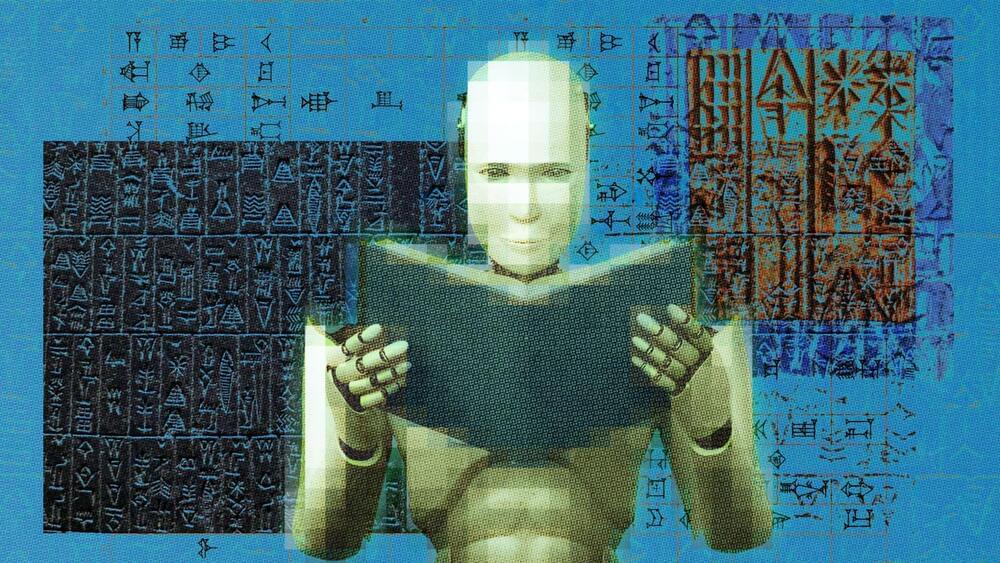Posthuman visions.
Posthuman art, AI art designed & curated by Steve Nichols.
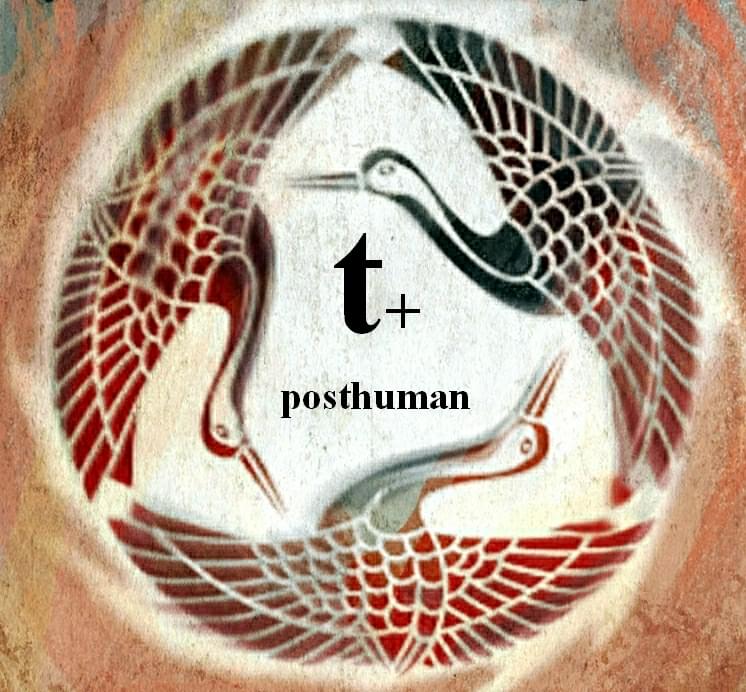
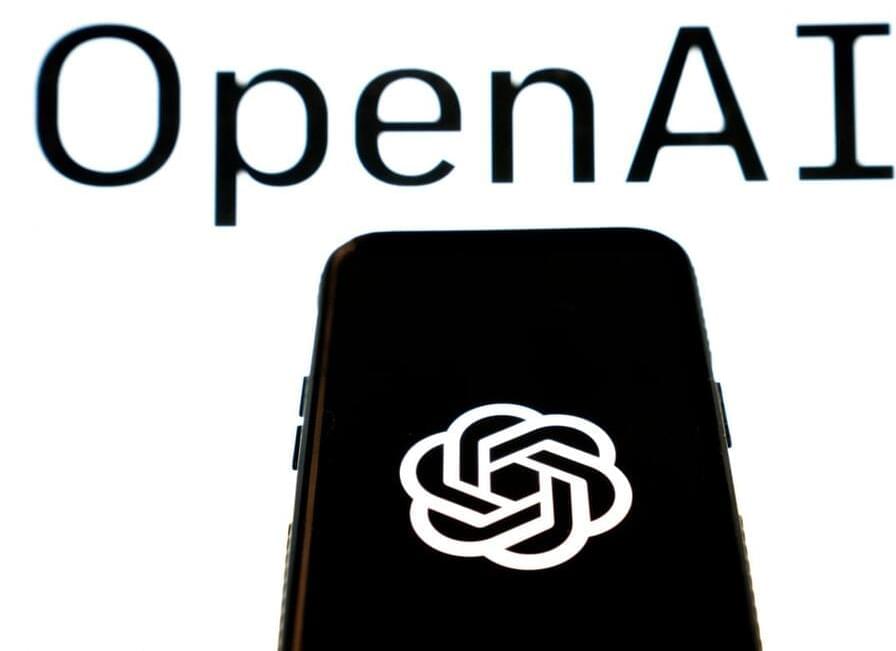
ChatGPT is going mobile. Today, OpenAI announced the launch of an official iOS app that allows users to access its popular AI chatbot on the go, months after the App Store was filled with dubious, unofficial services. The new ChatGPT app will be free to use, free from ads, and will allow for voice input, the company says, but will initially be limited to U.S. users at launch.
Like its desktop counterpart, the ChatGPT app allows users to interact with an AI chatbot to ask questions without running a traditional web search, plus get advice, find inspiration, learn, research, and more. Given the issues with Apple’s own voice assistant, Siri, and Apple’s own lack of AI progress, the new release could push more users to try ChatGPT on their phones as their main mobile helper. The launch could also potentially impact Google, as the search engine today benefits from being the default search engine in Safari on Apple’s iPhone.
When using the mobile version of ChatGPT, the app will sync your history across devices — meaning it will know what you’ve previously searched for via its web interface, and make that accessible to you. The app is also integrated with Whisper, OpenAI’s open source speech recognition system, to allow for voice input.
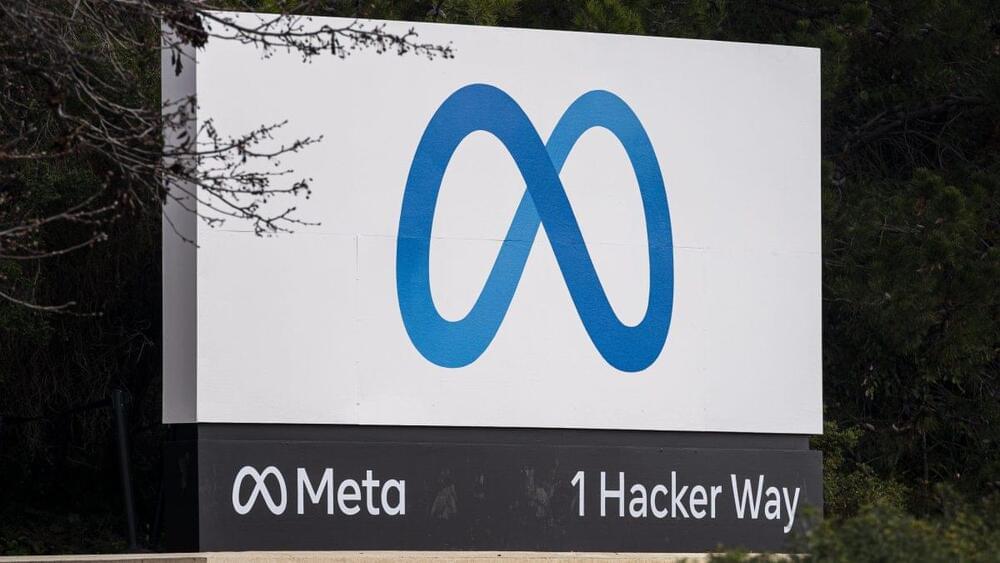
Meta says it’s created a generative AI tool for coding similar to GitHub’s Copilot.
The company made the announcement at an event focused on its AI infrastructure efforts, including custom chips Meta’s building to accelerate the training of generative AI models. The coding tool, called CodeCompose, isn’t available publicly — at least not yet. But Meta says its teams use it internally to get code suggestions for Python and other languages as they type in IDEs like VS Code.
“The underlying model is built on top of public research from [Meta] that we have tuned for our internal use cases and codebases,” Michael Bolin, a software engineer at Meta, said in a prerecorded video. “On the product side, we’re able to integrate CodeCompose into any surface where our developers or data scientists work with code.”
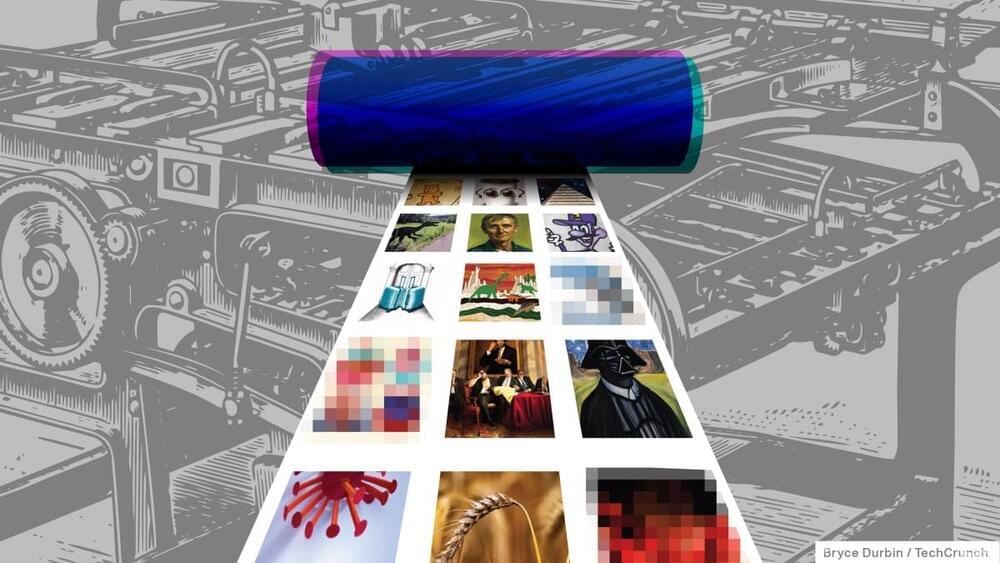
Stability AI, the AI startup behind the text-to-image model Stable Diffusion, this week announced the release of StableStudio, an open source version of DreamStudio, Stability AI’s commercial AI-powered design suite.
In a blog post, Stability AI writes that it hopes to “foster a project [that] can outpace anything developed by a single company,” alluding to recent investments in the generative AI space from tech giants like Microsoft, Google and Amazon.
“We believe the best way to expand upon that impressive reach is through open, community-driven development rather than a private iteration of a closed-source product,” Stability AI said. “Our goal is to work with the broader community to create a world-class user interface for generative AI [that] users fully control.”

At a virtual event this morning, Meta lifted the curtains on its efforts to develop in-house infrastructure for AI workloads, including generative AI like the type that underpins its recently launched ad design and creation tools.
It was an attempt at a projection of strength from Meta, which historically has been slow to adopt AI-friendly hardware systems — hobbling its ability to keep pace with rivals such as Google and Microsoft.
“Building our own [hardware] capabilities gives us control at every layer of the stack, from datacenter design to training frameworks,” Alexis Bjorlin, VP of Infrastructure at Meta, told TechCrunch. “This level of vertical integration is needed to push the boundaries of AI research at scale.”
😀
At the 2023 Tesla Shareholder meeting in Austin, Texas, Tesla CEO Elon Musk shows off a new Optimus video, the company’s humanoid robot in development.
Never miss a deal again! See CNET’s browser extension 👉 https://bit.ly/39Ub3bv.
#tesla #elonmusk #live

Dr. Sylvain Moreno is chief executive officer and scientific director of Circle Innovation.
Artificial intelligence (AI) holds great promise in the fight against ageism, and future technologies powered by AI can be a first step to ensure older adults are fully involved in the processes, systems and, ultimately, services that will affect them throughout the aging journey.
Healthcare providers, governments, academia, not-for-profits and businesses can ensure that AI is not only strengthening healthcare for older adults but also empowering them to meet their individual needs.

Artificial intelligence has been around for years, but scarcely has it found itself in conversation as much as it has now. The launch of OpenAI’s ChatGPT rocketed generative AI onto the radar of many people who hadn’t been paying much attention — or didn’t feel it was relevant to their lives. This has included workers, who’ve already been touched by the technology, whether they know it or not.
The chatbot, which uses machine learning to respond to user prompts, is helping workers write cover letters and resumes, generate ideas and even art in the workplace and more. It’s already making a splash in hiring with recruiters, who are finding they need to adapt to the new technology. And as competing companies rush to launch similar tools, the technology will only get stronger and more sophisticated.
The rise of generative AI in the workplace is inevitable. There’s a lot to be excited about it.
Soft robotics have several key advantages over rigid counterparts, including their inherent safety features—soft materials with motions powered by inflating and deflating air chambers can safely be used in fragile environments or in proximity with humans—as well as their flexibility that enables them to fit into tight spaces. Textiles have become a choice material for constructing many types of soft robots, especially wearables, but the traditional “cut and sew” methods of manufacturing have left much to be desired.
Now, researchers at the Harvard John A. Paulson School of Engineering and Applied Sciences (SEAS) have established a new approach for additively manufacturing soft robotics, using a 3D knitting method that can holistically “print” entire soft robots. Their work is reported in Advanced Functional Materials.
“The soft robotics community is still in the phase of seeking alternative materials approaches that will enable us to go beyond more classical rigid robot shapes and functions,” says Robert Wood, senior corresponding author on the paper, who is the Harry Lewis and Marlyn McGrath Professor of Engineering and Applied Sciences at SEAS.
